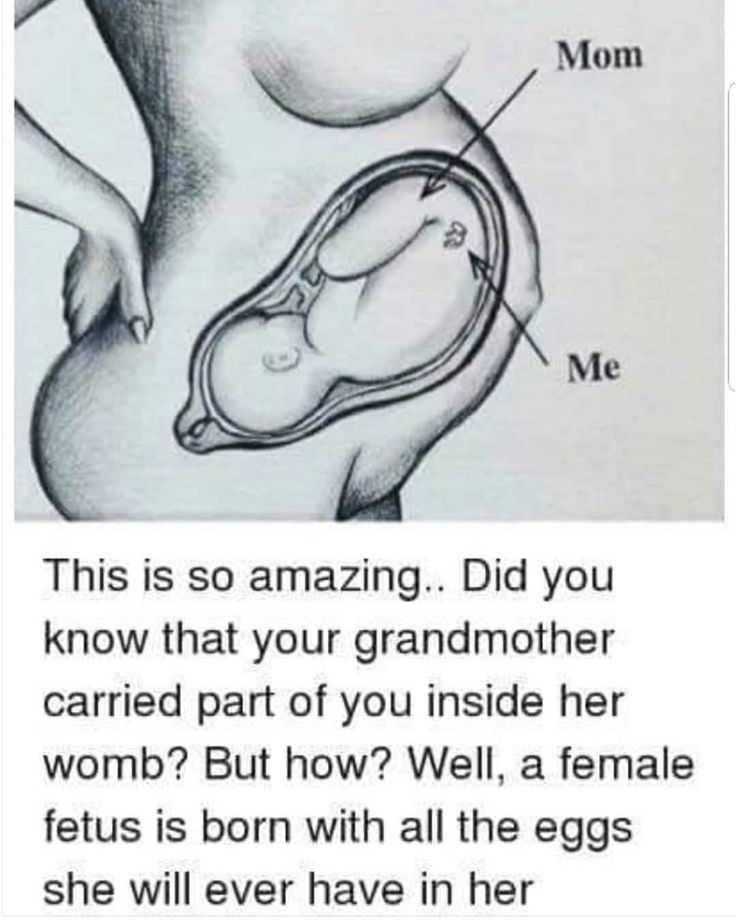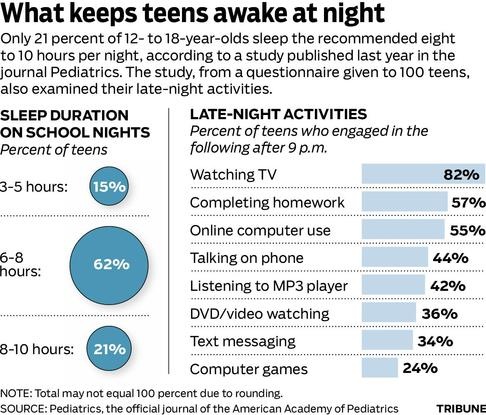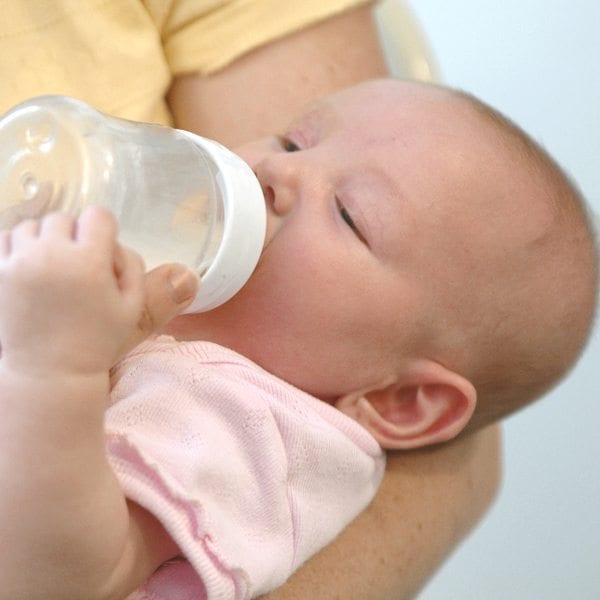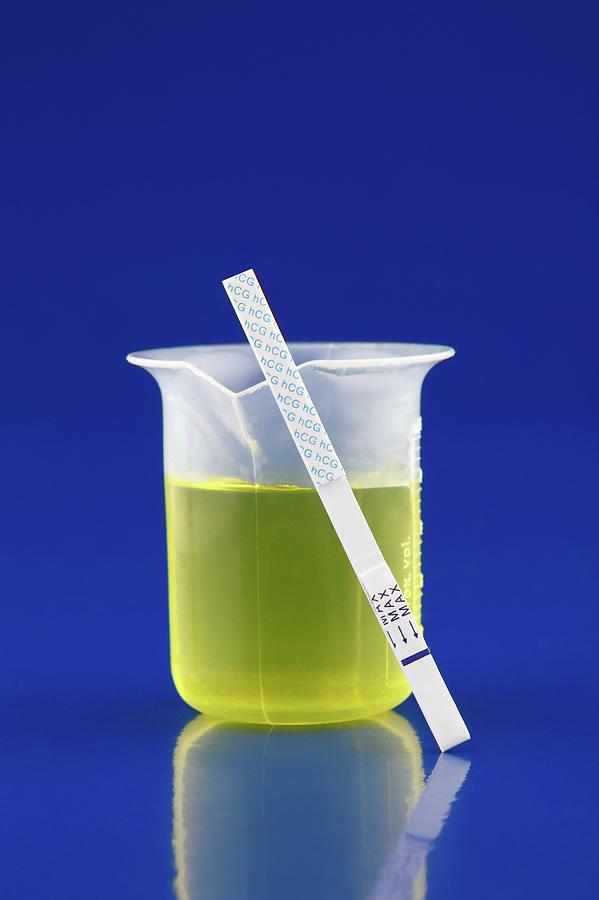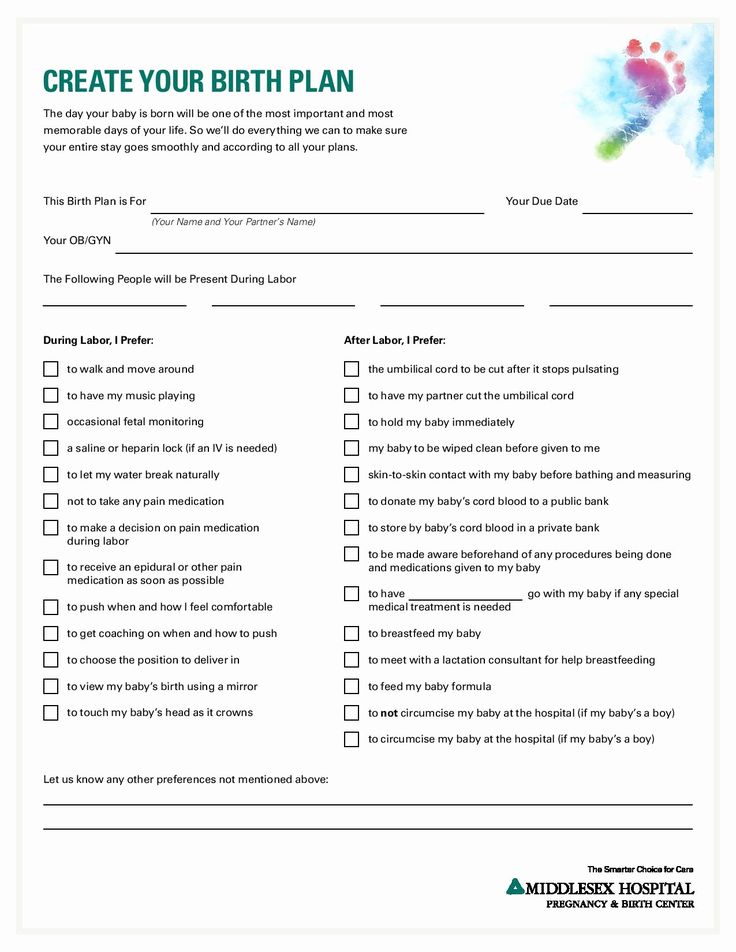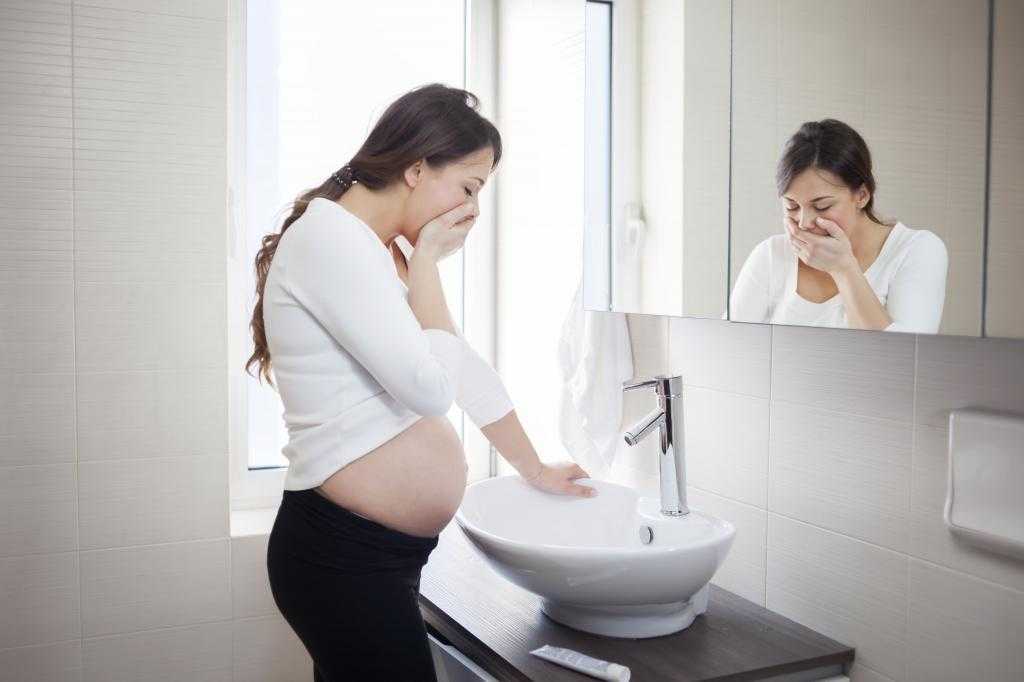How long is recovery after cesarean section
6 Tips on Sleep, Pain, Diet, and Much More
Childbirth is an exciting time. You finally get to meet the baby growing inside you for the last 9 months.
Yet, having a baby can be taxing on your body, especially if you’ve had a cesarean delivery, commonly referred to as a C-section. You’ll need more time to recover than you would after a routine vaginal delivery.
Here are six suggestions to help speed up your recovery so you can spend less time sore and tired — and more time bonding with your new baby.
A cesarean delivery (C-section) is major surgery. Just like with any surgery, your body needs time to heal afterward.
Expect to stay in the hospital for 2 to 4 days after your delivery. If there are complications, your stay will be longer. Give your body 6 to 8 weeks to fully heal.
That’s easier said than done. It’s hard to crawl into bed for hours on end when you have a baby who’s demanding lots of attention.
You’ve probably heard this advice from well-meaning friends and relatives: “Sleep whenever your baby sleeps. ” They’re right. Try to sleep whenever your baby naps.
Ask for help from those friends and relatives with diaper changes and housework so you can lie down when possible. Even a few minutes of rest here and there throughout the day can help.
Take extra care in getting around while you heal. Follow these tips:
- Avoid going up and down stairs as much as you can. Keep everything you need, like food and supplies for changing diapers, close to you so that you do not have to get up too often.
- Do not lift anything heavier than your baby. Ask for help from your partner, friends, or family members.
- Whenever you have to sneeze or cough, hold your abdomen to protect the incision site.
- It could take up to 8 weeks for you to get back into your normal routine. Ask your doctor when it’s fine to exercise, go back to work, and drive. Also wait to have sex or use tampons until your doctor gives you the green light.
- Avoid strenuous exercise, but do take gentle walks as often as you can.
 The movement will help your body heal and prevent constipation and blood clots. Plus, walks are a great way to introduce your baby to the world.
The movement will help your body heal and prevent constipation and blood clots. Plus, walks are a great way to introduce your baby to the world.
Your postpartum mental health
Remember that your mental health is as important as your physical health. Having a baby can bring up feelings you never expected.
If you feel sad, disappointed, anxious, or exhausted, do not ignore it. Talk about your emotions with a friend, your partner, your doctor, or a counselor.
Ask your doctor what pain medications you can take, especially if you’re breastfeeding or chestfeeding.
Depending on the level of your discomfort, your doctor might prescribe a pain reliever or advise you to take an over-the-counter (OTC) one, such as ibuprofen (Advil, Motrin) or acetaminophen (Tylenol).
In addition to pain medication, you can use a heating pad to relieve discomfort at the surgical site.
Good nutrition is just as important in the months after you deliver as it was while you were pregnant.
If you’re breastfeeding or chestfeeding, you’re still your baby’s primary source of nutrition. Eating a variety of foods will keep your baby healthy and help you get stronger.
A 2017 study shows that eating fruits and vegetables while breastfeeding imparts flavors in breast milk that increase your child’s enjoyment and consumption of those foods as they grow.
Also, drink plenty of fluids, especially water. You need extra fluids to boost your milk supply and to avoid constipation.
Your body will continue to undergo physical changes even after your baby is born. Changes you might experience include:
- afterpains, a type of cramping that occurs as your uterus returns to its prepregnancy size
- breast engorgement, or swelling
- lochia, a type of vaginal discharge mostly made of blood
- vaginal dryness
- diastasis recti, or the separation of your abdominal muscles
- hair loss
- skin changes, like loose skin or acne
- night sweats
- headache
Some of these, like afterpains and lochia, will eventually go away on their own. Treatments and home remedies are available for some of the others.
Treatments and home remedies are available for some of the others.
Try the following:
- lubricants or vaginal creams made of estrogen for vaginal dryness
- exercises for diastasis recti or loose skin
- supplements and topical treatments for hair loss
- topical treatments, oral isotretinoin (Absorbica, Amnesteen, Claravis), or birth control pills for acne
- lightweight pajamas for night sweats
- OTC pain medications for headache
Product picks
Check out our recommendations for postpartum hair products and postpartum pajamas.
There are a variety of options to help you manage breast engorgement, like:
- a warm compress or warm shower
- a cold compress or an ice pack
- nursing to expel the milk
- breast massage during nursing
- OTC pain medications
The 12 weeks after your baby is born are sometimes known as the 4th trimester.
The American College of Obstetricians and Gynecologists (ACOG) recommends that people see their OB-GYN or another doctor multiple times during this period.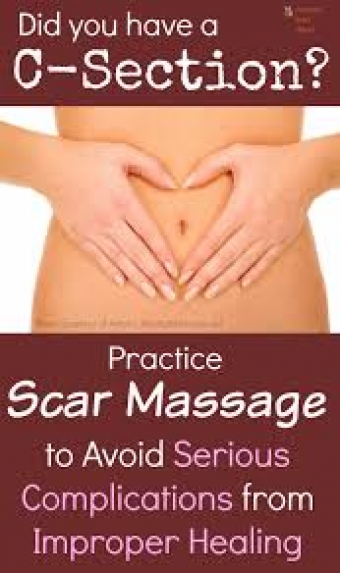
The first assessment should take place no later than 3 weeks postpartum. A comprehensive final visit should occur no later than 12 weeks postpartum.
During these checkups, you and your doctor will discuss topics like:
- your physical recovery
- your mental health
- your energy levels and how you’re sleeping
- how your baby is doing and their feeding schedule
- birth control and whether you’re considering having more children
- chronic condition management
- how you’re managing any pregnancy-related complications, such as high blood pressure
You’ll probably feel some soreness in the incision, and you may have bleeding or discharge for up to 6 weeks after the C-section. That’s expected.
However, the following symptoms warrant a call to your doctor, because they could signal an infection:
- redness, swelling, or pus oozing from the incision site
- pain around the site
- fever of more than 100.4°F (38°C)
- bad-smelling discharge from the vagina
- heavy vaginal bleeding
- redness or swelling in your leg
- difficulty with breathing
- chest pain
- pain in your breasts
Also call your doctor if you feel sad and your mood never seems to lift, especially if you have thoughts of hurting your baby or yourself.
Finally, if you have a friend or sibling who went through a C-section, try not to compare yourself to them. Every person’s experience with this surgery is different.
Focus on your own healing right now and give your body the time it needs to get back to your normal.
C-Section Recovery Timeline and Aftercare – Cleveland Clinic
Having a baby is a major milestone in life. While it can be exciting, it can also take a toll on your body. Compared to a vaginal delivery, if you’ve had a cesarean delivery (C-section), you need to take extra precautions and give yourself even more time to recover from childbirth.
C-sections account for 31.7% of all deliveries in the U.S. As with any major surgery, it takes time for your body to heal. So what can you do? And what should you not do?
Ob/Gyn Erin Higgins, MD, explains what your recovery will look like and what to expect.
How long does it take to recover from a C-section?
It takes about six weeks to recover from a C-section, but each person’s timeline will be different.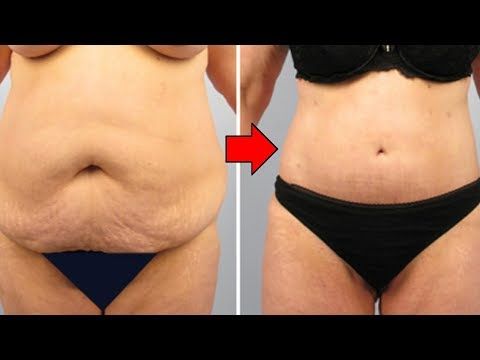 An incision — typically a horizontal cut made in your lower abdomen — can take weeks to heal.
An incision — typically a horizontal cut made in your lower abdomen — can take weeks to heal.
During that time, it’s recommended that you avoid lifting anything heavier than your baby. Don’t have sex or participate in rigorous exercise either.
Your doctor may recommend a C-section if:
- You’ve had one in the past.
- If your baby is in distress or in a breech position.
- The labor is not progressing.
- If you’re giving birth to multiple children at once.
Recovery timeline
While most individuals recover in about six weeks, it’s important to remember each person’s journey is different. Here’s what to expect.
Week 1
Most people will spend two to four days in the hospital after a C-section.
During this time, the hospital staff will help with pain management, ensure you’re eating and drinking enough and help you move around. This is all in addition to bonding with your newborn, which can include attempting to breastfeed.
Advertising Policy
Once you return home, it’s important to take it easy and avoid lifting, twisting or any movements that can put pressure on the incision. “Those muscles are pretty weak because of the incision,” says Dr. Higgins. “It can be uncomfortable.”
Make sure you keep your incision clean and dry. To manage pain at home, Dr. Higgins recommends taking acetaminophen or ibuprofen on a regular schedule. An abdominal binder, a wide compression belt that goes around your stomach, can also be used to offer additional support and avoid putting stress on sutures.
It is also normal to have vaginal bleeding after a C-section, though it’s typically not as heavy as after a vaginal delivery. “It can last up to four to six weeks postpartum,” says Dr. Higgins. “Generally, the first few days are the heaviest with the passing of blood clots up to the size of a golf ball.” Contact your doctor if you’re soaking one pad per hour or passing large clots.
Having a support system around you is key during your recovery.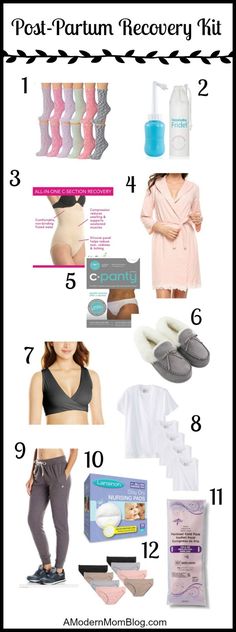 Dr. Higgins suggests having your partner, family members or friends help with tasks like planning and making meals, doing laundry and even helping to care for your baby.
Dr. Higgins suggests having your partner, family members or friends help with tasks like planning and making meals, doing laundry and even helping to care for your baby.
And do get up and move around, which can help avoid blood clots. “It’s recommended that you get up and walk around,” says Dr. Higgins. “We don’t want someone lying in bed for two weeks.”
Weeks 2 through 5
Your first postpartum visit should happen during the second week. At that time, your doctor will inspect the incision site and check that your recovery is progressing along.
Dr. Higgins says you should reach out to your physician earlier if you experience the following:
- Excessive pain.
- Infection at the incision site.
- Abnormal discharge.
- Heavy bleeding.
- Chest pain.
- Shortness of breath.
- Fever.
- Pain or swelling in your legs.
Over the next several weeks, you might also experience “baby blues,” caused by short-term fluctuations in hormones that can affect your mood.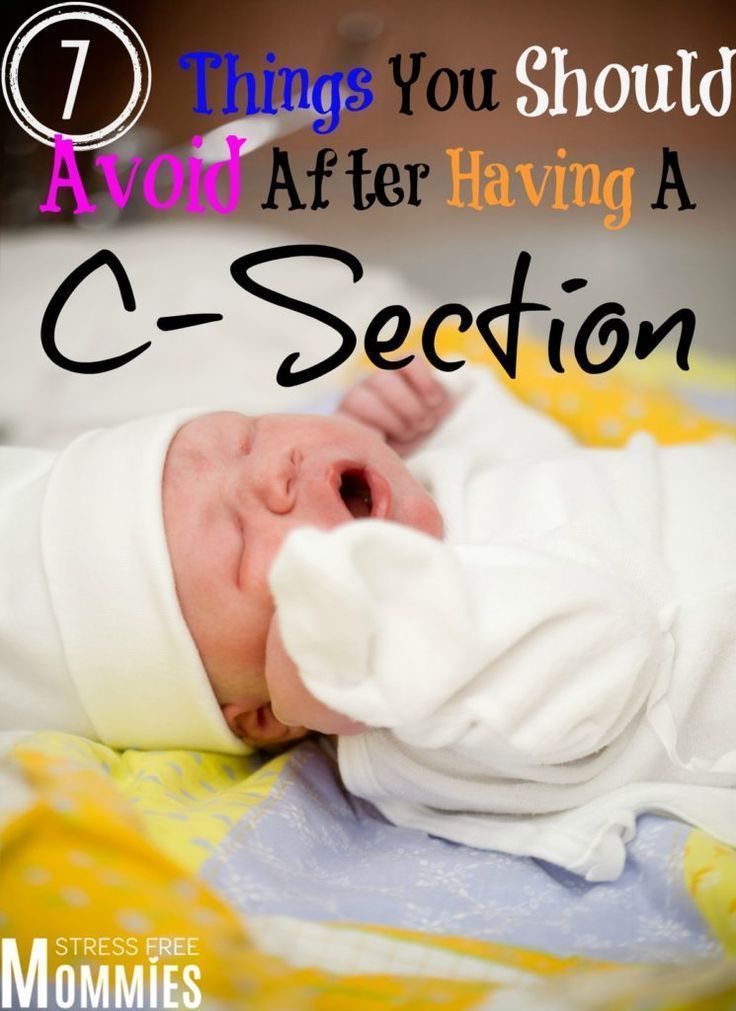 This is normal, says Dr. Higgins. But if you experience feelings like being depressed or feeling hopeless, talk to your doctor about postpartum depression and what it means.
This is normal, says Dr. Higgins. But if you experience feelings like being depressed or feeling hopeless, talk to your doctor about postpartum depression and what it means.
Advertising Policy
“If those feelings start disrupting your life and cause problems bonding with your baby, your doctor can offer some treatment options,” says Dr. Higgins. Options can range from medication, therapy or even support groups for new parents.
Week 6
At this point, you should have your final postpartum appointment with your doctor. Remember that everybody heals and recovers at different rates so it’s important to talk to your doctor about how you feel — and it’s OK if you need more time.
“Physical recovery from a C-section puts a lot of stress on the body,” says Dr. Higgins. “Resting and allowing your body to heal is very important.”
If your pain has decreased and the incision is properly healing, you may be given the green light to resume normal daily life.
“When a person has fully recovered, we view it as their graduation day,” says Dr. Higgins. “Sex, exercise — I recommend that they start those things slowly and gradually increase activity.”
Higgins. “Sex, exercise — I recommend that they start those things slowly and gradually increase activity.”
Tips to recovery
Having a newborn and recovering from surgery doesn’t leave a lot of time for self-care. But it’s crucial you take time to take care of yourself. Here are a few tips on what to do.
- Get plenty of rest. Your body needs to heal, so don’t push yourself to return to your normal activities too soon.
- Avoid lifting heavy objects. You shouldn’t lift anything heavier than your baby.
- Talk a walk. Skip the heart-pounding exercise like running or lifting weights, but walking will help your body heal.
- Remember to eat. It can be overwhelming those first few weeks with a newborn but it’s important to make sure you’re eating a healthy diet — for you and your baby.
- Monitor your pain. Use a heating pad to provide relief and follow any directions from your doctor when it comes to pain medication.
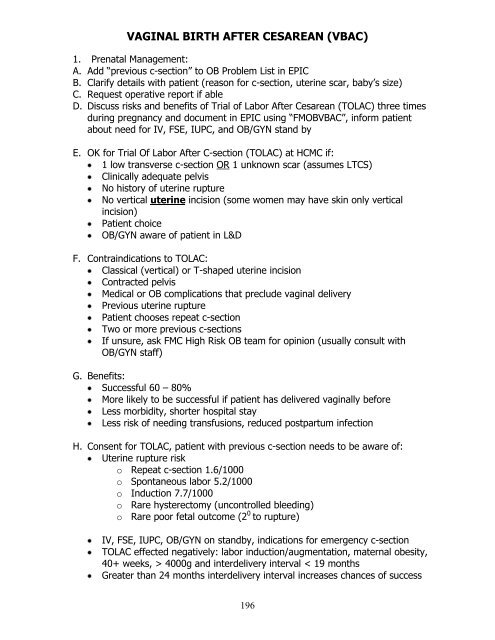
How to speed up recovery after a caesarean section
According to the U.S. Centers for Disease Control and Prevention (CDC), caesarean sections account for 31.9% of all births in the country. Although a caesarean section is a major abdominal operation, it may be the only lifesaving option for the mother and baby. However, the recovery period can be long.
What to expect after a caesarean section?
It is generally accepted that a full recovery after a caesarean section takes 4-6 weeks. However, every woman is different and there is still a lot of evidence that a longer period of time is needed. As a result of some studies, it was found that 60% of women retain pain at the incision site 24 weeks after childbirth.
An experienced doctor, the company of other women who have undergone a similar operation, and the willingness to ask questions can greatly facilitate the recovery process.
First time after childbirth
Many women who have a caesarean section are given epidural or spinal anesthesia.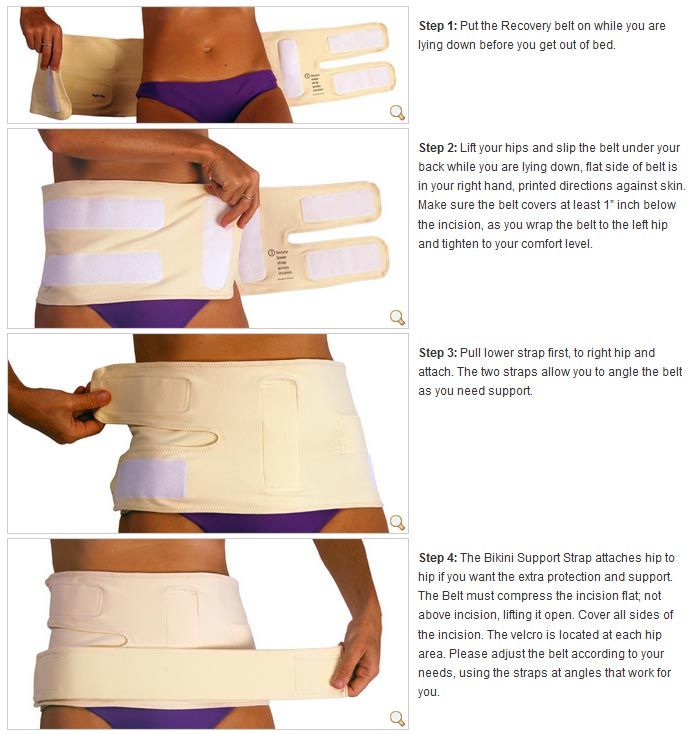 This form of anesthesia allows you to not feel the lower body and still be conscious. It may take several hours to restore sensitivity. During this period, it will not be possible to walk or use the toilet without assistance. Many women have a urinary catheter placed in the postoperative period.
This form of anesthesia allows you to not feel the lower body and still be conscious. It may take several hours to restore sensitivity. During this period, it will not be possible to walk or use the toilet without assistance. Many women have a urinary catheter placed in the postoperative period.
If general anesthesia is required, awakening may take some time. During recovery from anesthesia, confusion, nausea, fear or embarrassment may occur.
However, for many new parents, the main concern is the child. It used to be common for hospital staff to take the baby away from the mother after the birth. Many hospitals now offer the so-called gentle caesarean section.
This means that if everything is fine with the child, he is left on the mother's chest or handed over to a loved one while the surgeon sews up the wound on the mother's abdomen.
It is important to clarify this option before the procedure and inform the medical staff of your wishes for the care of the child.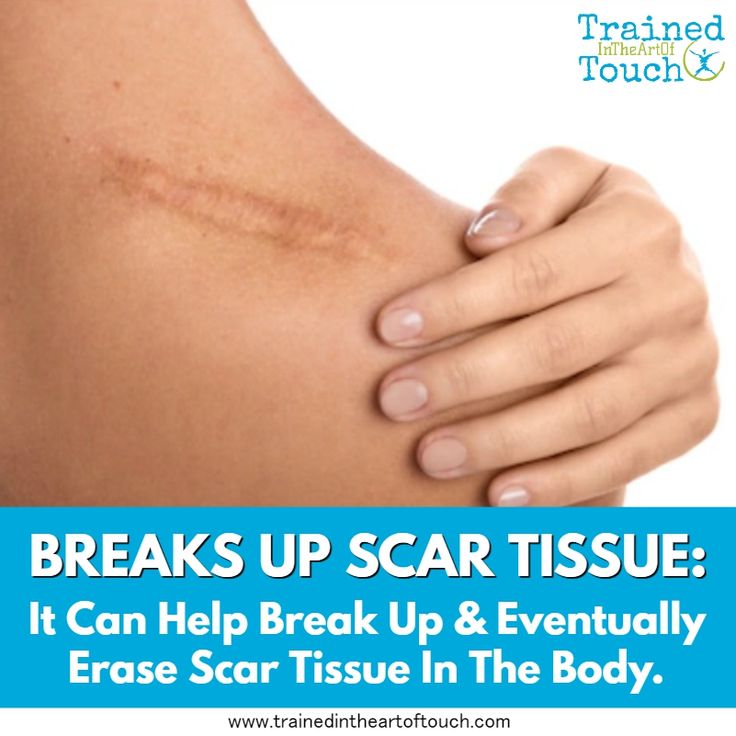
First day
The first 24 hours after a caesarean section, there are many of the same problems as with a conventional birth. These include the psychological adjustment of the mother, the attempt at breastfeeding, and the arrival of visitors. Most women after a caesarean section stay in the hospital for 2 to 4 days.
Most common problems in the first days after surgery
Thrombogenesis
One of the most serious risks of delivery by caesarean section is the formation of blood clots. This is more likely in overweight individuals or those who remain immobile for long periods of time.
Women who are unable to walk should wear special compression garments that support blood circulation in the lower extremities. Otherwise, it is important to get up and start moving as quickly as possible.
Pain and spasms
In the first 24 hours, pain usually occurs at the incision site. Many women also feel cramps. These sensations are similar to cramps during menstruation, but may be more intense.
Many women also feel cramps. These sensations are similar to cramps during menstruation, but may be more intense.
Infection
The nurse or physician must carefully examine the incision site for signs of infection. They are also required to check the vagina for possible bleeding. Even after a caesarean section, everything that accompanied the bearing of the fetus should come out of the uterus. Vaginal discharge usually lasts 4 to 6 weeks, but is most abundant in the first days.
First weeks
The risk of infection is highest during the first few weeks. It is also at this time that serious bleeding is more likely to occur.
Normal activity and activities should be avoided for 6-8 weeks. Driving a car is usually unsafe for 4-6 weeks.
Pain at the incision site may persist for up to 1-2 weeks. Weakness may also be felt in the muscles around the wound. During the first 2 weeks, the doctor may prescribe pain medication. It is necessary to clarify information regarding the safety of feeding the child during the period of taking the drugs.
It is necessary to clarify information regarding the safety of feeding the child during the period of taking the drugs.
Symptoms usually resolve when the incision heals and the uterus returns to its normal size.
In most cases, doctors use self-absorbable threads. In other cases, the doctor may need to remove the stitches, usually a few weeks after delivery.
Long term recovery
Recovery after a caesarean section takes time, sometimes even longer than the doctor warned. Some women experience pain in the muscles or the incision site for several months, others struggle with urinary incontinence due to weakened pelvic floor muscles. Seeing a physical therapist can help with long-term recovery.
9 tips for a quick recovery
- More rest
For many new parents, staying at home with a newborn is next to impossible. Babies sometimes sleep irregularly and may wake up every 1-2 hours. Try to sleep when the baby sleeps, or ask a loved one for help to get some sleep.
- Need to ask for help
Caring for a child after major surgery can be exhausting and difficult for new parents to manage alone. Don't be afraid to ask your husband, neighbor, or family friend for help.
- It is important to regulate emotions
The birth of a child is a very emotional event. Women who have had a difficult birth or caesarean section they hoped to avoid may experience difficult feelings. These emotions can make parenting difficult, as well as guilt and shame.
It is important to talk to your husband, friend or doctor. Getting support early can help reduce the risk of postpartum depression and help women with postpartum depression get treatment faster.
- Regular walks
Hill climbing and intense aerobic exercise are contraindicated during the first weeks of recovery. Alternatively, walking can help keep you fit and in a good mood. It also reduces the risk of blood clots and other cardiovascular problems. You can meet other mothers and walk with strollers together.
You can meet other mothers and walk with strollers together.
- No need to endure pain
If there is a need to take painkillers, the pain should not be tolerated. However, if they do not help and the pain intensifies, then it is necessary to seek the advice of a specialist.
- Important to watch for signs of possible infection
The main signs of infection include swelling, severe pain, redness at the incision site, or chills. If these symptoms appear, you should immediately seek medical help.
- Anti constipation
Hormonal changes, weakening of the abdominal muscles, and prolonged lying down can lead to constipation. It can be accompanied by pain, and stress during bowel movements can damage the suture. If, nevertheless, a woman is faced with constipation, then it is necessary to drink plenty of water, eat foods rich in fiber, try to move moderately and, if necessary, consult a doctor about taking a laxative.
- Need help to support breastfeeding
Caesarean section is associated with an increased risk of breastfeeding problems. A lactation consultant can help parents successfully implement this process, even when they face barriers such as temporary separation from their baby after birth. If breastfeeding is difficult, help should be sought.
- Seek help when needed
Some women experience prolonged pain after a caesarean section. Others experience muscle weakness, urinary incontinence, or depression. These problems are common and one should not be ashamed to ask people about them if they have had such experience. There is also no need to suffer in silence.
If symptoms persist long after delivery, the new mother should contact a doctor or midwife for help.
When to see a doctor
After a caesarean section, seek medical attention in the following situations:
- intense uterine contractions;
- variable uterine spasms;
- difficult urination;
- frequent headache;
- anxiety or depression.
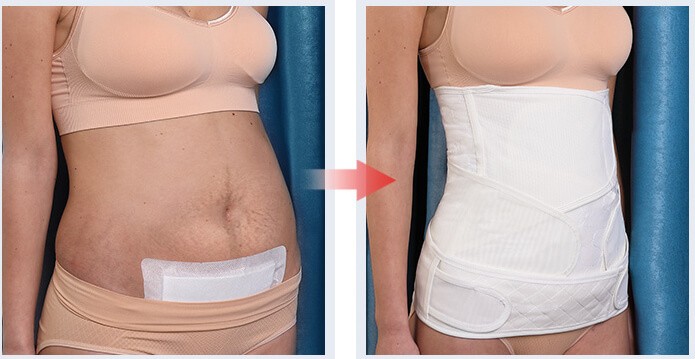
A medical emergency is needed if:
- bleeding that requires changing 2-3 pads or tampons per hour for more than 2 hours;
- there are signs of seam divergence;
- thoughts of harming yourself or a child;
- intense pain in the lower leg, especially if it is accompanied by swelling or numbness of the legs;
- shortness of breath.
Caesarean section is not an easy operation and it can overshadow the first happy moments of motherhood. However, with proper care, compliance with all the doctor's prescriptions and the help of loved ones, this stage can be passed quite easily.
Based on www.medicalnewstoday.com
Recovery after caesarean section - Arnika Family Clinic, Krasnoyarsk
Services
Virtual tour. ARNIKA Clinic
Doctors' advice
The frequency of deliveries by caesarean section is increasing all over the world.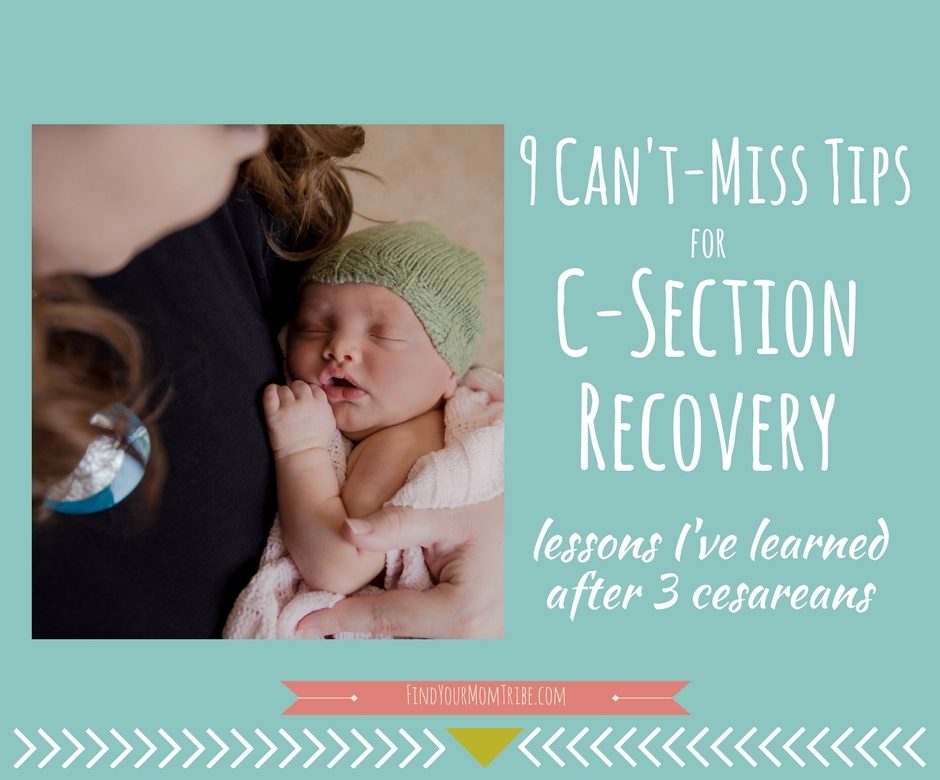 It can be carried out both in the interests of the mother and in the interests of the child. Today we will talk about the rehabilitation of my mother after this operation. Immediately from the operating room, the patient is transferred to the intensive care unit, where the medical staff monitors her condition. Depending on the maternity hospital, a child may be brought to the intensive care unit, or the mother will see him already in the postpartum ward. A few hours after the operation, the patient is offered to get out of bed - this is necessary for the prevention of thrombosis. After about 8 hours, the mother is transported to the postpartum ward. For the first day, a sparing diet is prescribed - cereals, broths, steam cutlets.
It can be carried out both in the interests of the mother and in the interests of the child. Today we will talk about the rehabilitation of my mother after this operation. Immediately from the operating room, the patient is transferred to the intensive care unit, where the medical staff monitors her condition. Depending on the maternity hospital, a child may be brought to the intensive care unit, or the mother will see him already in the postpartum ward. A few hours after the operation, the patient is offered to get out of bed - this is necessary for the prevention of thrombosis. After about 8 hours, the mother is transported to the postpartum ward. For the first day, a sparing diet is prescribed - cereals, broths, steam cutlets.
You can breastfeed your baby without any restrictions - drugs for epidural anesthesia do not get into milk, and stimulation of the nipple promotes contraction of the uterus and prevents blood clots from stagnating in its cavity. That is why during feeding, many women notice cramping uterine contractions and increased blood secretions.
The skin may be sutured or stapled. And with that, and with the other you can go to the shower.
Pain in the area of the incision can be relieved with pain medication or epidural anesthesia. As a rule, there is no need for anesthesia already for 2-3 days after the operation.
Many doctors recommend wearing a bandage after a caesarean section. It can also speed up recovery.
In most maternity hospitals, patients spend 5 days after a caesarean section. Discharge may be delayed due to the condition of the mother or child.
Once at home, you can lead your usual way of life, however, do not overwork yourself with household chores. We recommend not to lift anything heavier than a baby.
You need to pay attention to the nature of the discharge. Normally, they should be bloody, gradually becoming transparent. The appearance of bloody discharge, as well as discharge with an unpleasant odor, is an indication for a visit to the doctor.
